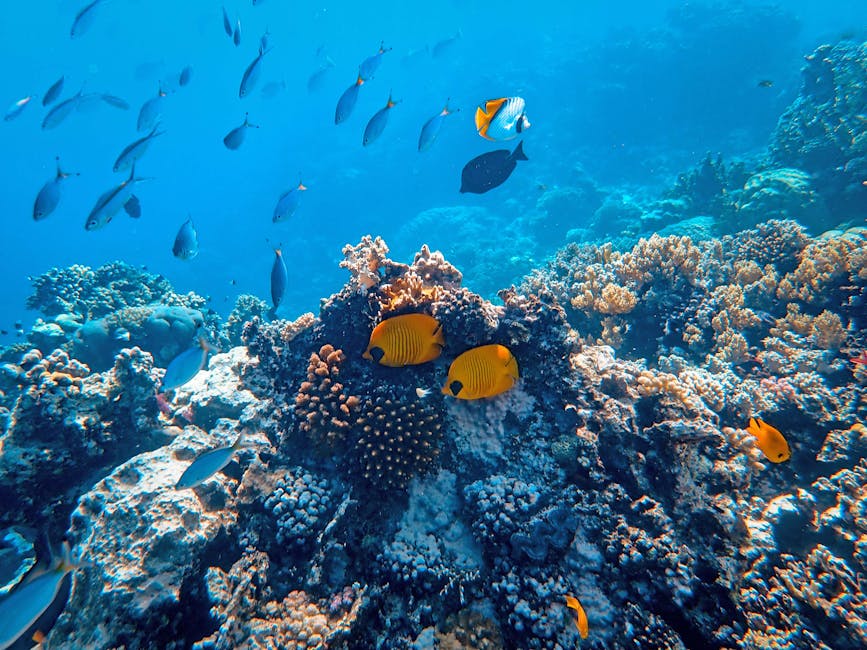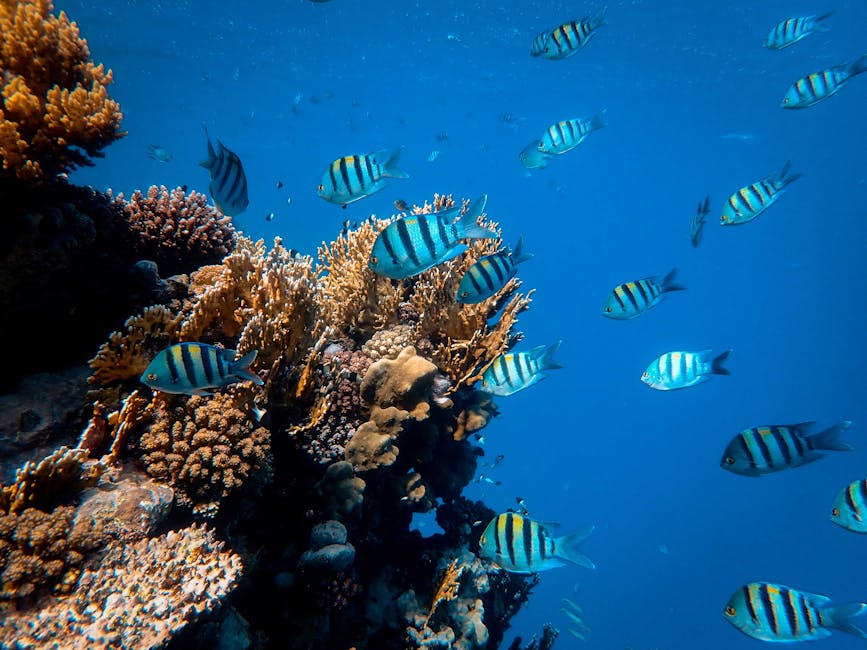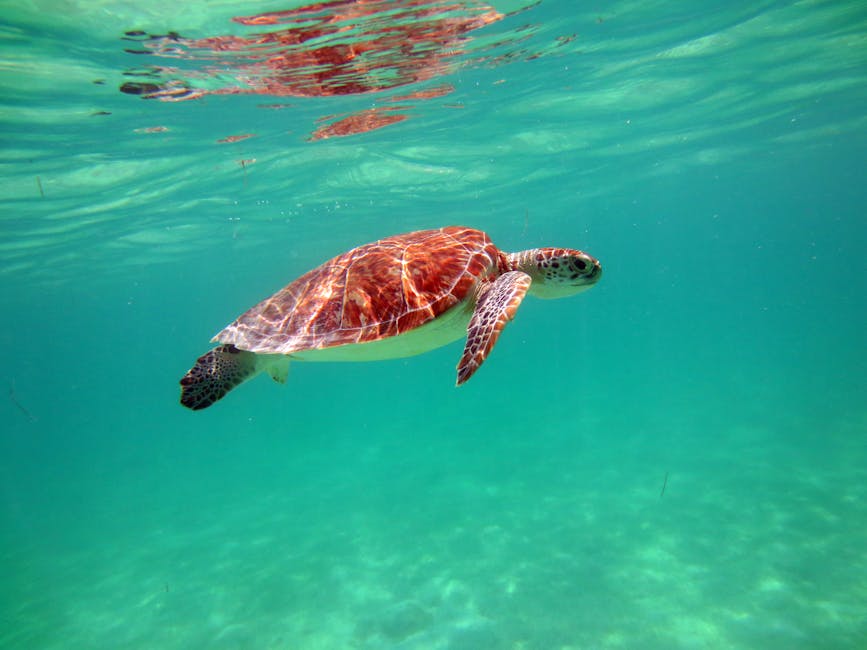Why Cabo Pulmo Marine Park Matters to Travelers and the Planet
Cabo Pulmo Marine Park is one of the most remarkable conservation success stories in the world. Located on the East Cape of Baja California Sur, this protected marine area went from a depleted, overfished reef in the 1980s to a thriving underwater paradise in less than 30 years. Today, it’s home to the only living hard coral reef in the Gulf of California and more than 800 species of marine life.
Quick Facts About Cabo Pulmo Marine Park:
- Location: East Cape, Baja California Sur, approximately 100 kilometers (62 miles) north of Cabo San Lucas
- Size: 71.11 square kilometers (27.46 square miles)
- Established: June 5, 1995
- Designations: UNESCO World Heritage Site (2005), Ramsar Wetland of International Importance (2008)
- Conservation Success: 465% increase in fish biomass since protection began
- Marine Life: 800+ species, including five endangered sea turtle species, bull sharks, tiger sharks, humpback whales, and mobula rays
- Reef Age: Estimated at 20,000 years old
- Park Entrance Fee: 120 MXN per person, per day
The change of Cabo Pulmo began when local fishing families noticed their catches dwindling and the reef dying. Instead of giving up, they fought to protect what was left. The community lobbied the Mexican government and, with support from marine biologists at the Autonomous University of Baja California Sur, succeeded in creating a national park with a complete fishing ban.
The results have been stunning. Fish populations exploded. Sharks returned. Corals grew back. The biomass in the park increased by 465% in under 20 years. This incredible recovery earned it international acclaim, including its designation as a UNESCO World Heritage Site for its outstanding universal value. French explorer Jacques Cousteau once called the Sea of Cortez “the aquarium of the world,” and Cabo Pulmo proves why that nickname still fits.
For travelers, Cabo Pulmo offers something rare: a chance to see what the ocean looked like before humans damaged it. The village itself is small and rustic, with no ATMs, limited cell service, and mostly solar power. It’s the opposite of the glitzy resorts in Cabo San Lucas. If you want an authentic, off-the-grid Baja experience with world-class snorkeling and diving, this is it.
From Overfished to Protected: The Cabo Pulmo Marine Park Story
For generations, the families living in Cabo Pulmo made their living from the sea. They harvested mother of pearl, caught fish, and knew every rock and reef along this stretch of the Gulf of California. But by the 1980s, something was clearly wrong. The reefs looked bleached and broken. The fish that once filled their nets were getting smaller and harder to find. Years of overfishing, combined with damage from boat anchors dragging across the coral, had taken a serious toll. What Jacques Cousteau once called “the aquarium of the world” was dying.
The people who lived here weren’t blind to what was happening. Local leaders started talking about what they’d lost and what could still be saved. Instead of watching their home disappear, they made a decision that would change everything: they would stop fishing entirely and fight to protect the reef. They partnered with scientists, including Dr. Oscar Arizpe from the Autonomous University of Baja California Sur (UABCS), who had been documenting the damage caused by overfishing and human activity. Together, the community and researchers lobbied the Mexican government for protection.
A Conservation Turnaround
Their work paid off. On June 5, 1995, Cabo Pulmo Marine Park became official. The government declared 71.11 square kilometers of ocean off-limits to all fishing. No nets. No lines. No harvesting of any kind. For a fishing village, that was a huge risk. But the community believed the reef could come back if they gave it a chance.
They were right.
The recovery has been stunning. Within 20 years, fish populations increased by 465%. The total number of fish shot up by 462%. Scientists who studied the area couldn’t believe what they were seeing. Large predators like bull sharks and tiger sharks returned to hunt in the reef. Sea turtles came back to nest and feed. Five of the world’s seven endangered sea turtle species now find refuge here. The food chain rebuilt itself from the bottom up.
In 2005, the park earned recognition as a UNESCO World Heritage Site. Three years later, it was named a Ramsar Wetland of International Importance. These aren’t just fancy titles. They mean the world sees Cabo Pulmo as proof that marine protected areas actually work when communities, scientists, and governments work together. You can read more about the scientific research on fish community structure that documented this incredible recovery.
The Heart of the Park: Wildlife and Wonder
What makes Cabo Pulmo so special isn’t just the comeback story. It’s what lives there now. This park protects the only hard coral reef in the Gulf of California and one of the oldest in the Eastern Pacific. Scientists estimate the reef is around 20,000 years old. That ancient reef, built on basalt rock, supports more than 800 species of marine life.
Imagine snorkeling through a school of silver jack fish so thick they block out the sun. Or floating above coral gardens while a sea turtle glides past like it owns the place. The park is home to 11 species of coral, creating an underwater rainbow of shapes and colors. Depending on when you visit, you might see humpback whales passing through between December and February, or mobula rays leaping out of the water during their mating season.
There are 14 species of sharks here, including white-tipped reef sharks, bull sharks, and even tiger sharks. It’s the kind of place where you feel like you’re visiting the ocean as it used to be before we changed it.
Local Community and Responsible Travel
The story of Cabo Pulmo isn’t just about fish and coral. It’s about what happens when people change their relationship with nature. The fishermen who once cast nets now lead snorkel tours. The families who harvested pearls now run small dive shops and guesthouses. The village runs mostly on solar power, serves food made by local cooks, and offers a handful of simple places to stay.
This shift to eco-tourism has worked. The community earns more from protecting the reef than they ever did from fishing it. It’s become a model for how conservation can support real people, not just wildlife.
But success brings new problems. Developers have eyed the coastline. Large hotel projects have been proposed. The desert here doesn’t have much water, and the village doesn’t have the infrastructure to handle mass tourism. That’s why responsible travel is so important. When you visit, follow the park rules. Support the local businesses. Bring cash, because there are no ATMs. Respect the quiet, off-grid vibe. This place works because it’s small and the community controls it.
If you’re drawn to the quieter, more authentic side of Baja, the entire East Cape region offers that same laid-back energy. You can learn more in our guide to exploring the East Cape hidden treasures of Los Cabos.
How to Visit Cabo Pulmo Marine Park
Visiting Cabo Pulmo Marine Park means stepping into a different world—one where time slows down, stars fill the night sky, and the ocean takes center stage. This tiny village of around 120 residents has no luxury resorts, no busy nightlife, and no chain restaurants. What it does have is an authenticity that’s increasingly rare in modern travel destinations.
The journey to Cabo Pulmo is half the adventure. You can reach it by road from San José del Cabo (about 1.5 to 2 hours) or La Paz (roughly 2.5 hours). The final 40 kilometers of Camino Cabo Este is a well-maintained dirt road that winds through desert landscape dotted with cardon cacti. Most vehicles handle it fine, but we always recommend either renting a car with good clearance or booking a private transfer with us. If you drive yourself, get Mexican auto insurance and stick to daylight hours.
Once you arrive, you’ll notice immediately that this isn’t your typical tourist destination. There are no ATMs, so bring plenty of cash—and Mexican Pesos work best with local businesses. The village runs primarily on generators and solar panels, making it truly off-grid. Water is precious in this desert environment, so please use it wisely. Cell service comes and goes, though some restaurants offer satellite internet. Think of it as a chance to disconnect from screens and reconnect with nature.
Diving and Snorkeling: What to Expect
The underwater world is why people make the trek to Cabo Pulmo Marine Park. Whether you’re a certified diver or someone who’s never worn a snorkel mask, the marine park delivers unforgettable experiences.
For certified divers, local PADI dive shops offer 2-tank dives to the deeper reefs where you’ll encounter larger marine life—think bull sharks, sea turtles, and massive schools of jacks. Snorkeling tours typically run around $50 USD and visit three different reef sites, spending about 30 minutes at each. If you prefer going at your own pace, shore snorkeling at El Arbolito and Los Frailes lets you explore right from the beach.
The park has clear rules to protect this delicate ecosystem. Never touch corals or marine animals. Respect the time limits at each reef site. Lifejackets are required for activities like kayaking or paddleboarding. The park entrance fee is 120 MXN per person, per day. Senior citizens, disabled persons, and minors under 12 enter free, while students and teachers get 50% off with valid ID.
What should you bring for your underwater adventures? Reef-safe sunscreen is non-negotiable—it protects your skin and the corals. Your own snorkel, mask, and fins ensure a comfortable fit, though rentals are available. An underwater camera captures those magical moments with sea turtles. A dry bag keeps valuables safe. Depending on the season, a wetsuit or rashguard provides warmth and sun protection. Finally, waterproof sandals make walking on rocky beaches much easier.
When to Go and How to Get There
The best time to visit depends on what you want to see. Winter months from December to February bring humpback whales to the bay. The air and water are cooler but still pleasant. Summer offers the warmest water temperatures, perfect for long snorkeling sessions. Fall, especially September through November, delivers the clearest visibility and warm water—many divers consider this the sweet spot.
Getting there requires a bit of planning. From San José del Cabo, expect 1.5 to 2 hours of driving. From La Paz, plan for about 2.5 hours. A newly paved section near San José del Cabo has improved the initial part of Camino Cabo Este, but you’ll still encounter a significant stretch of dirt road. Don’t worry—it’s all part of the authentic Baja experience. For more details about reaching this incredible destination, check out our guide on transportation to Cabo Pulmo.
Planning Your Stay and Traveling Responsibly
Accommodation options match the village’s rustic charm. You’ll find solar-powered bungalows, off-grid casitas, and several camping spots. Popular free camping areas include the “Abandoned RV Park” and Los Frailes beach. Playa El Arbolito offers paid camping with basic facilities. Many accommodations accept the village’s commitment to sustainable living, running entirely on solar power.
When you visit this protected natural area, remember you’re a guest in a conservation success story. Leave no trace of your visit. Conserve water whenever possible. Use only reef-safe products. Support the family-run businesses that keep this community thriving—your tourism dollars directly fund their conservation efforts.
We understand that reaching remote, beautiful places like Cabo Pulmo Marine Park takes planning. That’s where our team at SJD Taxi comes in. We provide private transfers to the East Cape, making your journey comfortable and stress-free from the moment you land. We can arrange a grocery stop along the way so you arrive with everything you need, or provide welcome drinks to start your adventure right. Let us handle the logistics while you focus on the magic waiting for you.
Ready to witness one of the ocean’s greatest comeback stories? Book your private airport transfer to the East Cape with us today and prepare for an unforgettable adventure in this underwater paradise.






